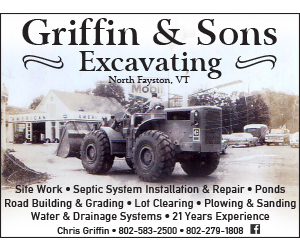Vermont and many parts of the Northeast along with many other regions of the country are in a drought situation and have been since this summer. Locally, that translates to less water in local rivers and streams and less water in snowmaking reservoirs and ponds.
That means less ability for snowmaking at Sugarbush, for one thing. Sugarbush’s primary water source for snowmaking at Lincoln Peak is the pond on the west side of Route 100 just north of the Jiffy Mart on Route 100.
HISTORIC WATER FLOWS
The pond stores water which is drawn off the nearby Mad River when stream conditions are favorable. Per its state permits, Sugarbush cannot draw water into the pond when the stream flow in the Mad River is less than the February median flow. That is the state’s general standard for snowmaking water withdrawals based on site/river specific historic water flows in February, explained resort communications director John Bleh.
Under normal circumstances, in a non-drought year, Bleh said that snowmaking at Lincoln Peak can take advantage of 4,000 gallons of water a minute.
“We’ve been operating at a much lower capacity than that and even 10% of that is too much to withdraw from the snowmaking pond in Warren,” he said.
“Right now, the river is too low for us to draw into the pond and the pond is too low for us to draw from,” he pointed out.
SILVER LINING
He said when the water levels in the pond are this low, the pond does receive some inflow from two feeder streams which helps a bit, but it’s still muddy and full of sediment and while that water can be used to make snow it’s not great for the snowmaking equipment.
“I anticipate we’d consider doing that if we have to,” he said.
With snow and likely rain in the forecast, Bleh said. “you don’t want to wish for rain, but it does have the silver lining of filling up the pond.”
MAD RIVER GLEN
At Mad River Glen, snowmaking is much more limited and the ski area relies on a small retention pond fed by the Mill Brook.
Lillard said the snowmaking reservoir at the Fayston ski area was lower than usual, but snowmaking had still been pretty effective when temps were right.
“Our bigger issue has been the temps versus the water. We got lucky in being able to open with natural snow last weekend. We had missed a good window of snowmaking weather while finishing our lift project earlier in November. But we did get in seven days of snowmaking prior to opening which helped us reinforce critical areas,” Lillard said.
Mad River Glen’s limited snowmaking system and protocols are based on an older standard that reflects stream flow and maintaining a minimum stream flow that is monitored by a flow board. As long as water is flowing through a notch in the flow board, it can be used for snowmaking.













